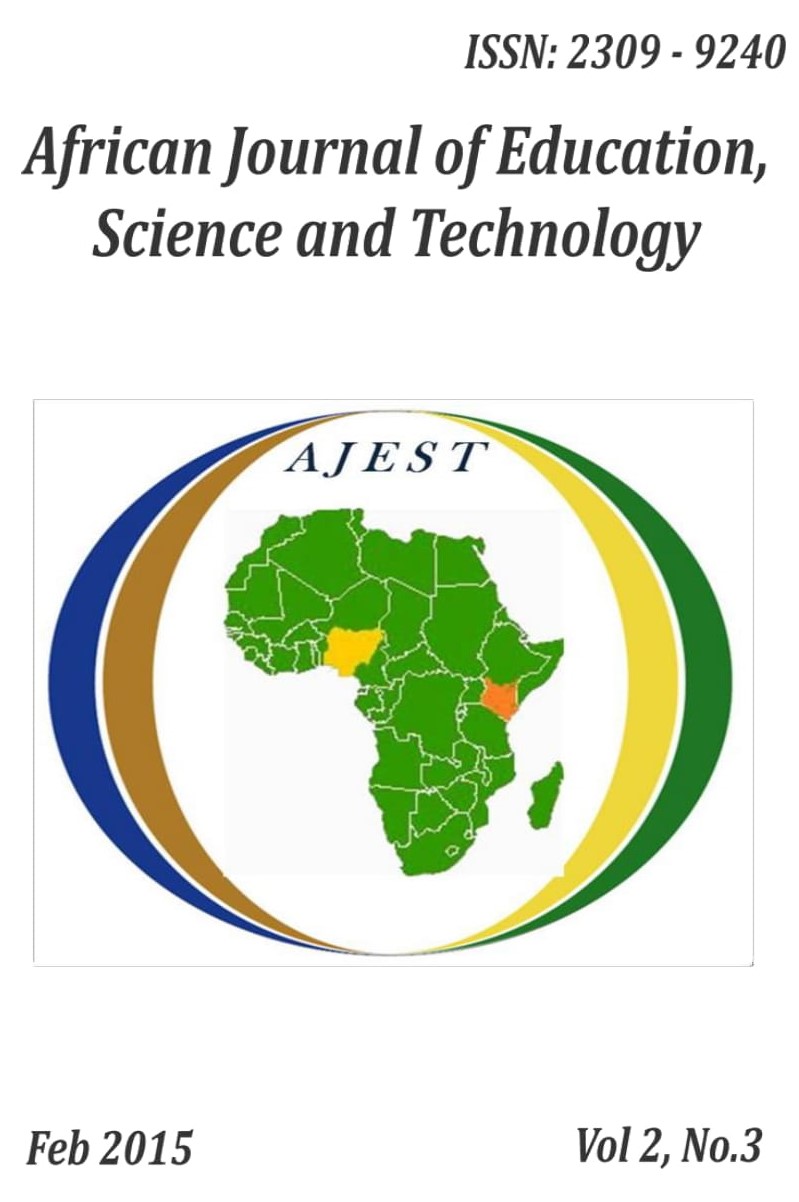Child Sexual Abuse: The Emerging Crime at our Doorsteps and the Role of Disclosure in Prevention
##article.abstract##
To report or not to report child sexual abuse remains a dilemma to many survivors with many opting to keep quiet about it. Self disclosure of sexual abuse is a critical component in initiating intervention to halt the abuse, address its immediate effects and decrease the likelihood of negative long term effects. Paine and Hansen (2002). Many incidences of child sexual abuse go unreported while the few that are reported never reach prosecution stage. Though Sexual abuse affects both children and adults, one would be tempted to think that adults are more likely to disclose sexual abuse compared to children. This however is not the case. Literature shows the rate of disclosure is equally low in both children and adult. This paper is based on documented studies on child sexual abuse and examines how disclosure can be utilized as a tool in prevention of child sexual abuse laying emphasis on the process of disclosure and the role of the various parties such as parents and professionals working with the survivors of abuse. The paper also highlights some of the reasons why survivors of child sexual abuse fail to disclose and factors that can be considered in enhancing disclosure. Findings from reviewed literature indicates that the highest number of child sexual offences is committed by people close to the survivor such as parents, siblings, uncles, other close relatives, neighbors and domestic workers. Disclosing offences inflicted by people so close yet so distance in as far as respect for relationship and or responsibility towards the minors still remains a challenge, a challenge as big as disclosing the sexual abuse itself.
References
Allnock, D. (2010). Children and young people disclosing sexual abuse: An introduction to research.
Retrieved on 13 August, 2013, from www.nspcc.org.uk/information
Altman, I and Taylor, D. (1987). Social Penetration Theory. Retrieved from www.neiu.edu/
Bruck, M., Kamala, L., Ceci, S. J. & Shuman D W. (2005). Disclosure of Child Sexual Abuse: What Does Research Tell us About the Ways Children Disclose. Retrieved from http://www.wondercatdesign.com/
Child help line International (2011). Preventing Child Sexual Abuse By Making Innovative Use of Child Helpline Data. Retrieved from http://www.childhelplineinternational.org/
Children Assessment Centre (2001). Child Sexual Abuse Facts. Retrieved from www. cachouston.org/child- sexual-abuse-facts/ USA.
Conklin, K. (2012). Child sexual abuse II: Resiliency and Prevention. Retrieved from http://www.advocatesforyouth.org.
Daily Nation (reporter). (2013, July 3) Man handed life in jail for defiling daughter. Daily Nation, p 16. Nation Media Group Ltd. Nairobi
Gilligan, P & Shamin, A. (2005). Cultural Barriers to the Diclosure of Child Sexual Abuse in Asian Communities: Listening to what women say. Retrieved from http://bjsw.oxfordjournals.org/
Kinuthia, M. (2013, July 3). This was the darkest day of my life. Daily Nation, p 4-5. Nation Media Group Ltd.
Nairobi
Paine, M.L., Hansen D. (2002). Factors influencing children to self disclose sexual abuse. Retrieved from: Http://digitalcommons.unl.edu/psychfacpub/59
Radio Netherlands World Wide Africa. (2012). Youngest child abuse victim just 19 days old. Retrieved from http://www.rnw.nl/africa/.../youngest-sex-abuse
Ruto, S. J. (2009). Sexual Abuse of School Age Children: Evidence from Kenya. Retrieved from home.hiroshima-u.ac.jp/cice/wp.
Wikipedia. Child Sexual Abuse. Retrieved from https://en.wikipedia.org/wiki/child-sexual-abuse on 13th August, 201


